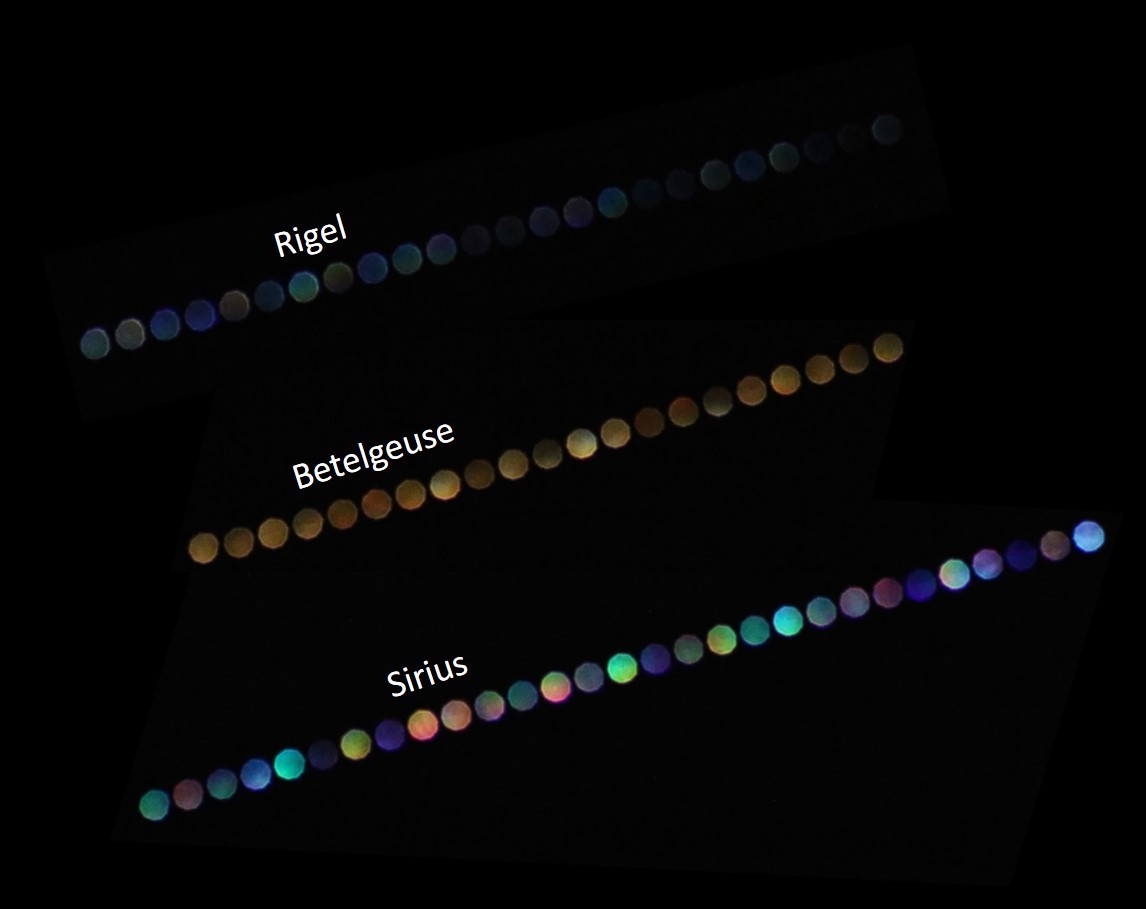Have you ever gazed up at the night sky and been mesmerized by the seemingly erratic dance of stars? These distant suns appear to twinkle, creating a captivating spectacle. But is this twinkling a property of the stars themselves, or is something else at play? The reality is quite fascinating: stars don’t actually twinkle. The shimmering effect we observe is a result of Earth’s atmosphere.
The Science of Atmospheric Scintillation
The phenomenon of stars twinkling is known as atmospheric scintillation. As starlight journeys through space and finally reaches our eyes, it must first pass through Earth’s atmosphere. This atmospheric layer, which extends approximately 10,000 kilometers from the Earth’s surface, is not a uniform, static entity. It’s a dynamic and turbulent environment where air masses of varying temperatures and densities are constantly in motion. Hot air rises, cooler air descends, and winds stir everything together, creating pockets of air with different refractive indices.
When starlight, which travels in a straight line, encounters these pockets of air, its path is bent or refracted. Imagine shining a laser beam through rippling water – the beam’s path becomes distorted and wavers. Similarly, as starlight passes through the atmosphere’s turbulent layers, it is continuously refracted in different directions. This causes the apparent position and brightness of the star to fluctuate rapidly, creating the visual effect we perceive as twinkling.
Sometimes, this atmospheric distortion can even split the starlight into its component colors, causing stars to appear to flicker with subtle hues of red, blue, and other colors. This effect is more pronounced for stars that are lower on the horizon, as their light has to travel through a greater amount of atmosphere to reach us. The image above beautifully captures the color variations of stars like Rigel, Betelgeuse, and Sirius, showcasing the visual impact of atmospheric scintillation on starlight.
Astronomical Seeing: A Challenge for Stargazers
While the twinkling of stars might be romantic to the casual observer, it presents a significant challenge for astronomers. The same atmospheric turbulence that causes stars to twinkle also distorts the images seen through telescopes, making them appear blurry and shaky. Astronomers refer to this effect as “astronomical seeing.”
Good seeing conditions, characterized by minimal atmospheric turbulence, are crucial for obtaining sharp and detailed astronomical observations. Conversely, “bad seeing” can severely degrade image quality, making it difficult to study celestial objects with precision. Astronomers often monitor seeing conditions at their observatories, hoping for nights with stable air to conduct their research. The clearer and steadier the atmosphere, the better the “seeing,” and the sharper the view of the cosmos.
Planets Don’t Twinkle: Distance Makes the Difference
Interestingly, while stars twinkle prominently, planets generally appear to shine with a steadier light. The reason for this difference lies in their distance from Earth. Stars are incredibly distant, essentially point sources of light from our perspective. Because they appear as single points, their light is easily affected by the atmospheric disturbances.
Planets, on the other hand, are much closer to us. Even though they appear as points of light to the naked eye, they are actually discs in the sky. The light we see from a planet is not from a single point, but rather reflected sunlight from its entire disc. Think of a planet as composed of many point sources of light clustered together. While each individual point source might twinkle, the combined effect from the entire disc averages out the scintillation, resulting in a much steadier and less noticeable twinkling effect. The broader beam of light coming from planets is less susceptible to the disruptive effects of atmospheric turbulence compared to the narrow beam from distant stars.
So, next time you are stargazing, remember that the twinkling you observe is not inherent to the stars themselves. It’s a beautiful illusion created by our own atmosphere. And if you spot a bright, steady point of light, it’s likely a planet, shining calmly amidst the twinkling stars. Observing the night sky becomes even more fascinating when you understand the science behind these celestial phenomena.

